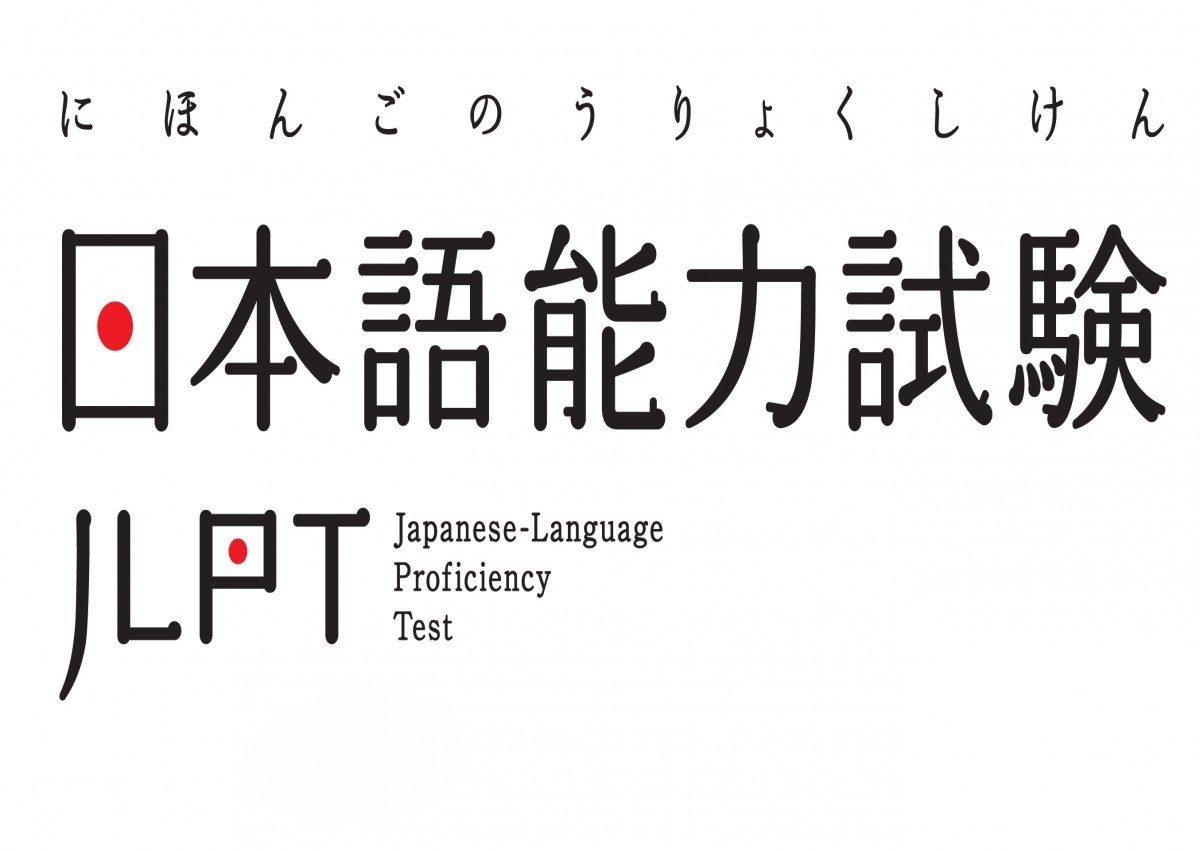"Strategic Study Plans: Crafting a 90-Day JLPT Success Blueprint"
Title: "Strategic Study Plans: Crafting a 90-Day JLPT Success Blueprint"
Embarking on the journey to conquer the Japanese Language Proficiency Test (JLPT) can be both exhilarating and daunting. Whether you're aiming for N5 or challenging yourself with the formidable N1, having a well-crafted study plan is key to navigating the complexities of the exam. In this blog post, we'll delve into the intricacies of crafting a strategic 90-day JLPT success blueprint, combining effective study methods, language mastery, and targeted exam preparation.
Understanding the JLPT Structure
Before diving into your study plan, it's crucial to understand the structure of the JLPT. The test is divided into sections—vocabulary, grammar, reading, and listening—with each level assessing different proficiency levels. Tailoring your study plan to address each section is essential for comprehensive preparation.
Days 1-30: Building a Solid Foundation
The first leg of your 90-day journey should focus on building a strong foundation. Begin with a comprehensive review of basic Japanese grammar and essential vocabulary. Textbooks like Genki or Minna no Nihongo can be valuable resources during this phase. Dedicate time each day to reinforce your understanding of hiragana and katakana, ensuring a solid base for more complex language structures.
Utilize language apps and flashcards to reinforce vocabulary retention. Consider setting a target of learning a specific number of new words each day to gradually expand your word bank. This phase lays the groundwork for the more challenging aspects of the exam.
Days 31-60: Navigating Kanji and Grammar Mastery
The next 30 days are dedicated to delving into the world of kanji and mastering grammar structures. Focus on high-frequency kanji characters and common radicals. Employ mnemonic devices, writing exercises, and spaced repetition to enhance retention.
Simultaneously, dive into more advanced grammar structures, paying close attention to nuances and context. Japanese grammar guides and online resources can be invaluable tools during this phase. Regularly practice constructing sentences to apply your growing knowledge practically.
Days 61-75: Immersive Reading Practice
With a solid foundation in place, the following two weeks should emphasize immersive reading. Explore Japanese articles, short stories, or graded readers to enhance your reading comprehension skills. Break down sentences, identify key points, and practice summarization.
This phase not only improves your reading skills but also exposes you to diverse vocabulary and different sentence structures commonly found in the JLPT. Incorporate reading into your daily routine, gradually increasing the complexity of the materials as you progress.
Days 76-90: Listening Skills and Mock Exams
In the final stretch, allocate significant time to sharpening your listening skills. Engage with Japanese audio materials, such as podcasts, dramas, and news segments. Mimic native pronunciation and intonation to improve your understanding of spoken Japanese.
Simulate exam conditions by taking regular mock exams during the last two weeks. Use official JLPT practice papers to familiarize yourself with the test format and timing. Identify weak areas and prioritize review accordingly.
Daily Tips for Success
- Consistency is Key: Establish a daily routine to maintain consistency in your study plan.
- Use Technology Wisely: Leverage language learning apps, online resources, and interactive platforms to reinforce your studies.
- Join Study Groups: Connect with fellow learners to share insights, tips, and motivation.
- Regular Review: Periodically revisit previously studied material to reinforce long-term retention.
By following this 90-day JLPT success blueprint, you not only cover the breadth of material but also allow for systematic review and improvement. Remember, the key to success lies not only in what you study but how effectively you integrate and apply your knowledge. Best of luck on your JLPT journey!










